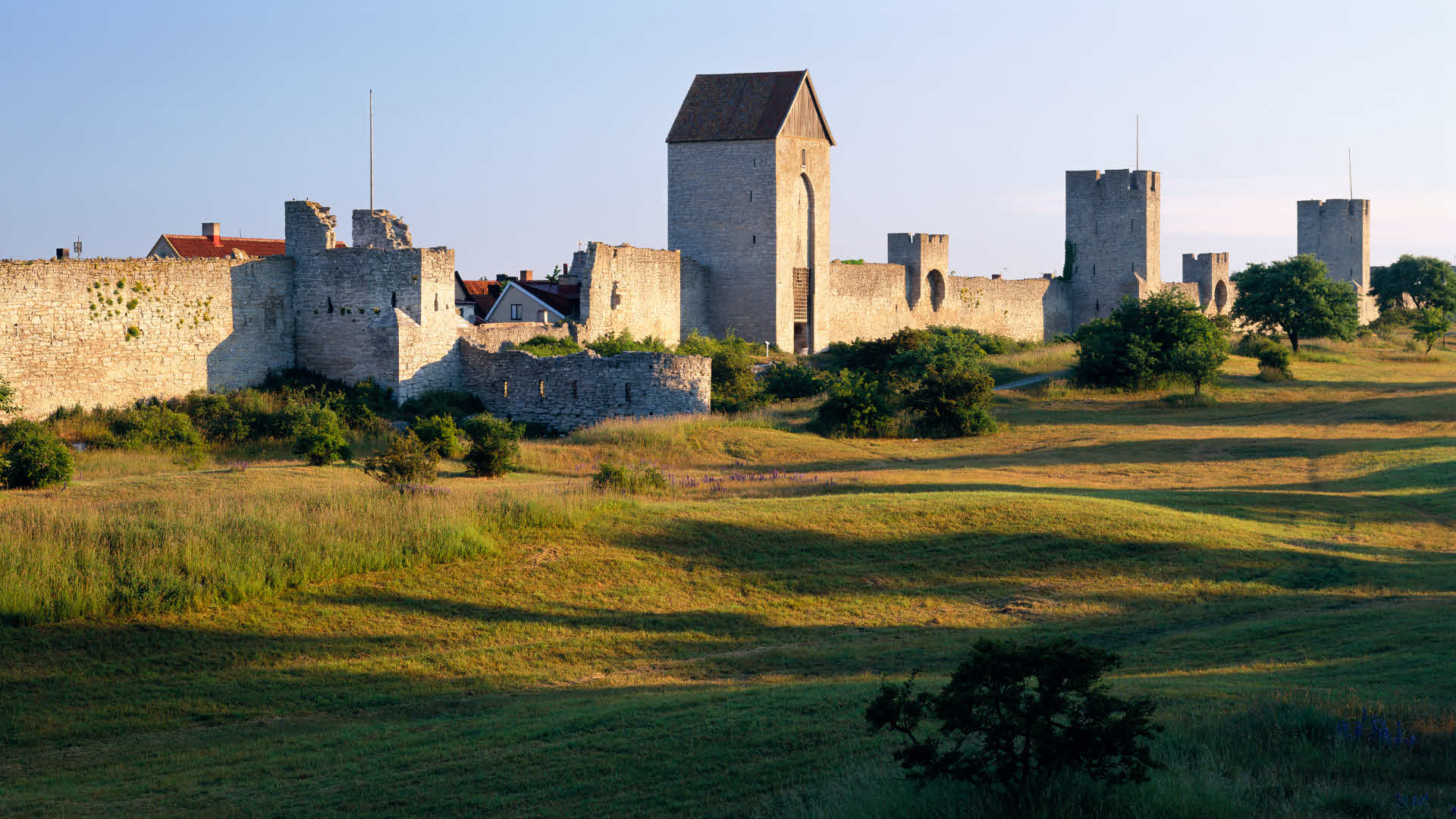
World heritage
A World Heritage Site is something so invaluable to humanity and that it must be protected and preserved forever. Sweden has fifteen World Heritage Sites, three of which have very high natural values.
UNESCO's World Heritage Convention entered into force in 1972. Countries that have signed the Convention can nominate natural and cultural sites of outstanding universal value to the World Heritage List. A World Heritage Site is an area, environment or object that tells a unique story about the history of the earth and people.
Many of the world's most beautiful and extraordinary natural areas are inscribed on the world Heritage list. The magnificent Grand Canyon with its dizzying, precipitous gorges, the famous Galápagos Islands with their amazing wildlife, the spectacular Victoria Falls, and the Great Barrier Reef with its unique biodiversity are a few examples.
World heritage in Sweden
The Swedish National Heritage Board has the overarching national responsibility for the World Heritage Convention in Sweden and is also responsible for World Heritage Sites that are cultural heritage. The Swedish Environmental Protection Agency is responsible for World Heritage Sites that are natural heritage.
Two of Sweden's 15 World Heritage Sites have been designated for their very high natural values; Laponia area in Lapland and the High Coast on the Bothnian Sea. Laponia area is also singled out for cultural values linked to reindeer husbandry and the traces and relics after former users of the area. Southern Öland's agricultural landscape is designated because of its cultural landscape that also has very high natural values.
The High Coast World Heritage site (varldsarvethogakusten.se)